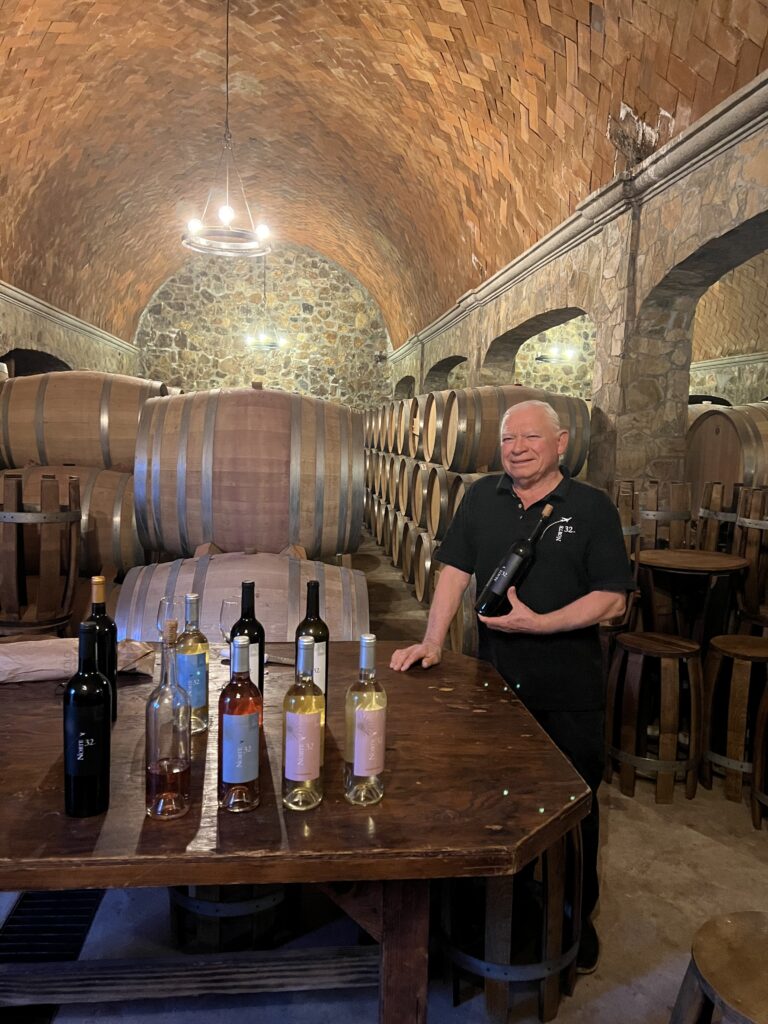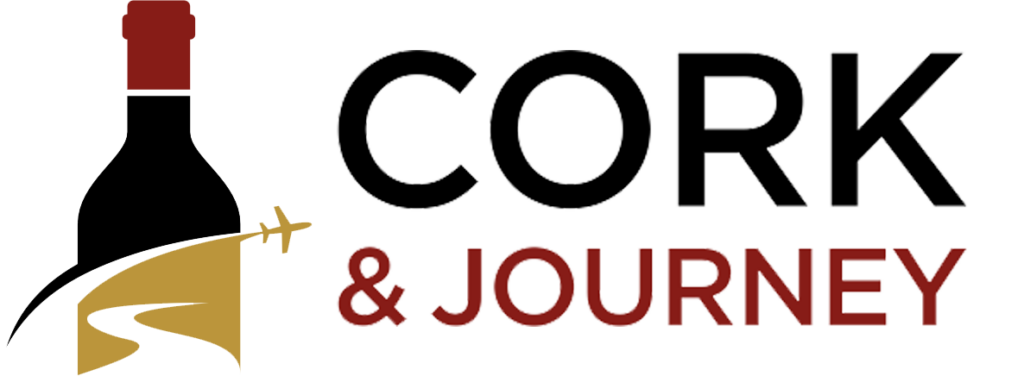
For better or worse, the wine-tasting experience has evolved. We’ve experienced this change firsthand as we have made our way through California’s most popular wine-tasting region: Napa Valley. A decade or so ago, maybe even a few years before the pandemic, you could drive along the Silverado Trail or Westside Road in Sonoma County, spot a winery that looked interesting and pull over for a tasting.
Some wine tastings were free – certainly, in Sonoma, many were free – and the ones in Napa Valley were reasonably priced. Oftentimes, if there was a tasting fee, it would be waived with the purchase of a bottle or two. You would even find the winemaker behind the counter pouring occasionally or in the tasting room, happy to answer questions and interact with guests.
My, have things changed. Some destinations, like Napa Valley, have turned wine tasting into a luxury experience that may or may not look like the tastings you encountered when you first began visiting. To help you navigate this new landscape and not get caught off guard by what is now the new norm, we’ve put together this guide on what to expect when you go to a wine tasting.

Many wineries and tasting rooms now require you to make a reservation to taste. This is partially due to the labor shortages in the hospitality industry and partially a lingering effect of COVID regulations that saw restaurants, bars, and, you guessed it, wineries forced to manage the number of guests on property.
While off-the-beaten-path wine regions like Anderson Valley, Mendocino, and parts of the Central Coast still allow you to “wing it” as you drive up and down the coast, your best bet when planning your wine tasting is to make a reservation.
If this list from the Napa Valley tourism board is any indication, all of Napa’s most popular wineries require reservations. The only exceptions may be if you visit a separate off-site tasting room in downtown Napa.
This brings us to the importance of planning ahead. Most wine enthusiasts visiting wine country, whether it’s their first time or their fifth time like to fit in two or three tastings a day. Planning around this idea is important from a logistical and financial standpoint.
Logistically, try and plan your winery or tasting room stops in a way that allows you to break up your wine experiences with a nice lunch or late brunch. Doing back-to-back tastings can sometimes dull your palate. It’s also worth noting that wine tastings can last between one to two hours, so if you’ve made a few reservations, ensure you have enough time to get from point A to point B.
Where budgets are concerned, before you plan your tastings, scope out the cost of each stop on your list because these days, the cost of a wine tasting can be all over the map. An article in the San Francisco Chronicle recently cited the average cost of a wine tasting in Napa Valley as $82 per person. You might find wineries in Sonoma for a slightly better value, but you’re still looking at somewhere between $40 – $60 per person.
During a wine tasting, a winery representative will lead you through a series of two to three-ounce pours that make up what is known as a wine flight. Depending on the winery, this could encompass between three to six pours per flight.
The wines offered during a flight are intended to give tasters a snapshot of the winery’s quality and usually begin with a light white or sparkling wine and conclude with a fuller-bodied offering. While a wine flight is intended to show the scope of the label, it will not include all of the bottlings or varieties; this is especially true of brands that work with an array of grapes.
Why is checking the wine flight list important? If you’re already familiar with a brand’s products, and there is a new vintage or bottling you would like to taste, and you go out of your way to make a reservation and visit the winery, make sure that particular pour is an option on your flight.
Spittoons are more plainly known as wine-tasting dump buckets. These smallish, inconspicuous buckets allow guests to discard any wine they don’t care to finish. Because here’s the thing about wine tastings: don’t feel as though you have to finish each pour, especially if you’re not into what you have been poured. It’s perfectly okay to take a sip, maybe two, and if you don’t like the vintage or you’re just trying to preserve your palate, pour the rest out.
No one will be offended if you do not consume the entire pour.
More and more wineries and tasting rooms are offering complete experiences that include mini food pairing menus, extravagant snacks like potato chips with caviar, or artisanal nibbles from local vendors.
While some wineries offer a light (very light) food option, many do not. Always check the winery website ahead of time to see what food options are available.
As consumers, we’re conditioned to leave a tip to a server at a restaurant; after all, a tip is an indication of a positive experience. Because wine tastings are not something most of us do on a regular basis, it’s completely understandable that a lot of wine lovers have questions about how much to tip at a wine tasting or whether you need to tip at all.
While tipping is not required, if you receive attentive service, tips are greatly appreciated – especially if you’re tasting with a large party (6+ guests). Some wine lovers recommend leaving a flat 20% tip on the cost of the flight (not including any bottles purchased), and others leave $5 – $10 per person.

All things wine, and food you could ever need or want — straight to your email!